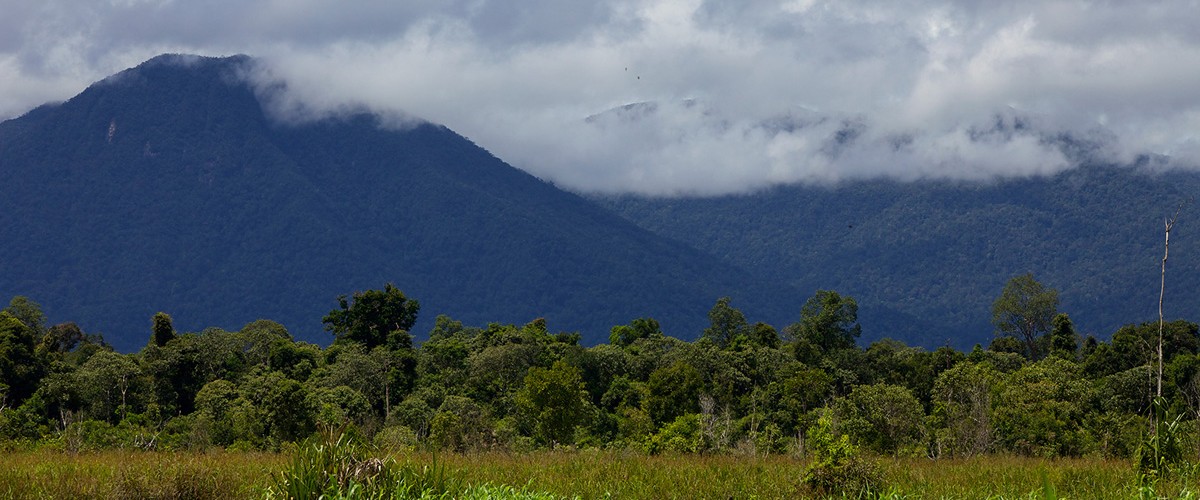By Victoria Gehrke, Conservation Program Director
It’s hard to miss in the media lately – the world’s rainforests are on fire.
Borneo is burning and the smoke from the fires of Sumatra and Borneo is lingering over all of Southeast Asia, causing schools and businesses to temporarily close. People are having to wear masks and are already reporting respiratory illnesses. We’re also facing a yet unknown count of injured, misplaced or dead wildlife and habitat loss. At GPOCP we have had to temporarily suspend our activities at the Cabang Panti Research Station due to the severe haze posing a potential risk to our staff, and fires smolder on the edge of the National Park. But other research sites, like our colleagues at Tuanan Research Station in Central Kalimantan, are facing much harder times, with the fires within 150 meters of claiming their research station.
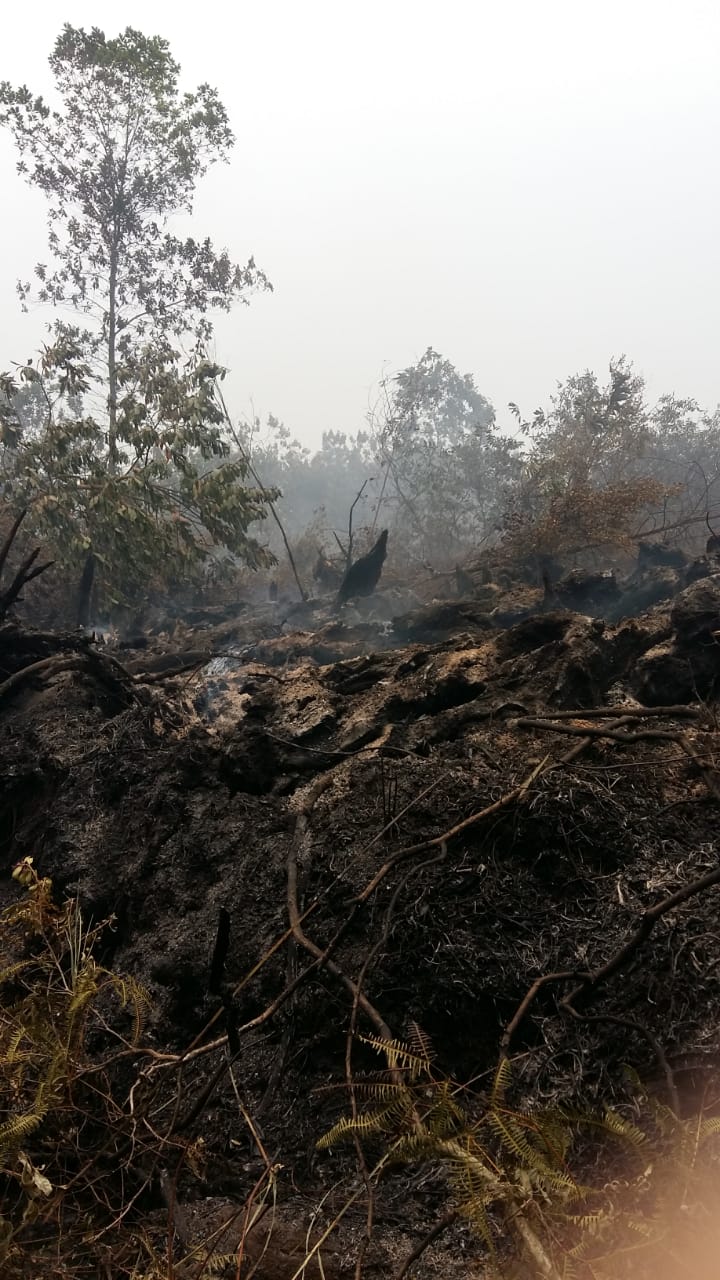
Beth Barrow, GPOCP Orangutan Survey Manager, was also in Tuanan during the 2015 fires and writes:
”This is the second severe fire season that I lived and worked through in Kalmantan. The experience itself is a surreal one; the thick haze creeps up slowly and before you know it you find yourself in the middle of a heart-breaking environmental disaster with climate impacts of international significance. The way in which peat burns means firefighting teams work tirelessly to slow the spread of fires, whilst waiting and praying that the rains will come. Back in 2015 the fires barely reached Western media, even though they were some of the most devastating and intense fires on record. The biggest change this year has been just that, this year’s intense fire season, which has a devastating impact on the health and livelihoods of millions of Indonesians, has finally reached Western media. Climate change is finally front-page news, resulting in many more people taking note of the current situation out here. There is no easy solution to the inreasingly long dry seasons in Indonesia and there is a long way to go and lots of work to be done in regards to fire prevention, but the more people who are aware of the issues facing Indonesia, the better.”
As conservationists we are all pleased that environmental issues are finally hitting mainstream global media but we are all too aware that it can sometimes point the finger in the wrong direction as to who is really culpable for these fires. Misrepresentations of the whole problem create misdirected solutions. As with any environmental problem, there is a complex socio-economic web of causes for the actions (or lack thereof).

Nearly 41% of the total work force of Indonesia works in agriculture and it is the livelihood for the majority of households. Indonesia is also the world’s largest producer of oil palm, cloves and cinnamon, the 2nd largest producer of nutmeg, rubber, cassava, vanilla and coconut oil, and 3rd biggest producer of rice and cocoa. Agriculture in Indonesia dates back to 3000 BC with rice cultivation in Sumatra, and in more recent history there is written evidence of fire as a method of land-clearing witnessed by explorers in the 15th century. Using fire to clear land is not a modern concept nor is it exclusive to Indonesia. However, fires are not part of rainforest ecology and further exasperating the problem are the extensive peat land forests which also do not regenerate well from fires. Peat fires are harder to extinguish and release more greenhouse gasses than fires in other parts of the tropics. With increased human population encroachment, selective logging, prolonged droughts, the draining of natural peatlands/wetlands, increased temperatures and industrial scale deforestation (along with the myriad of other problems this leads to), the regeneration rates of forests, and any natural defenses that forests have had for inhibiting the spread of fire, are either exhausted or removed entirely. In short, fires have historically never been great for the tropical rainforest, nor global climate, but on a small scale they were not nearly as devastating as the levels of wildfires and the consequences we are witnessing now.
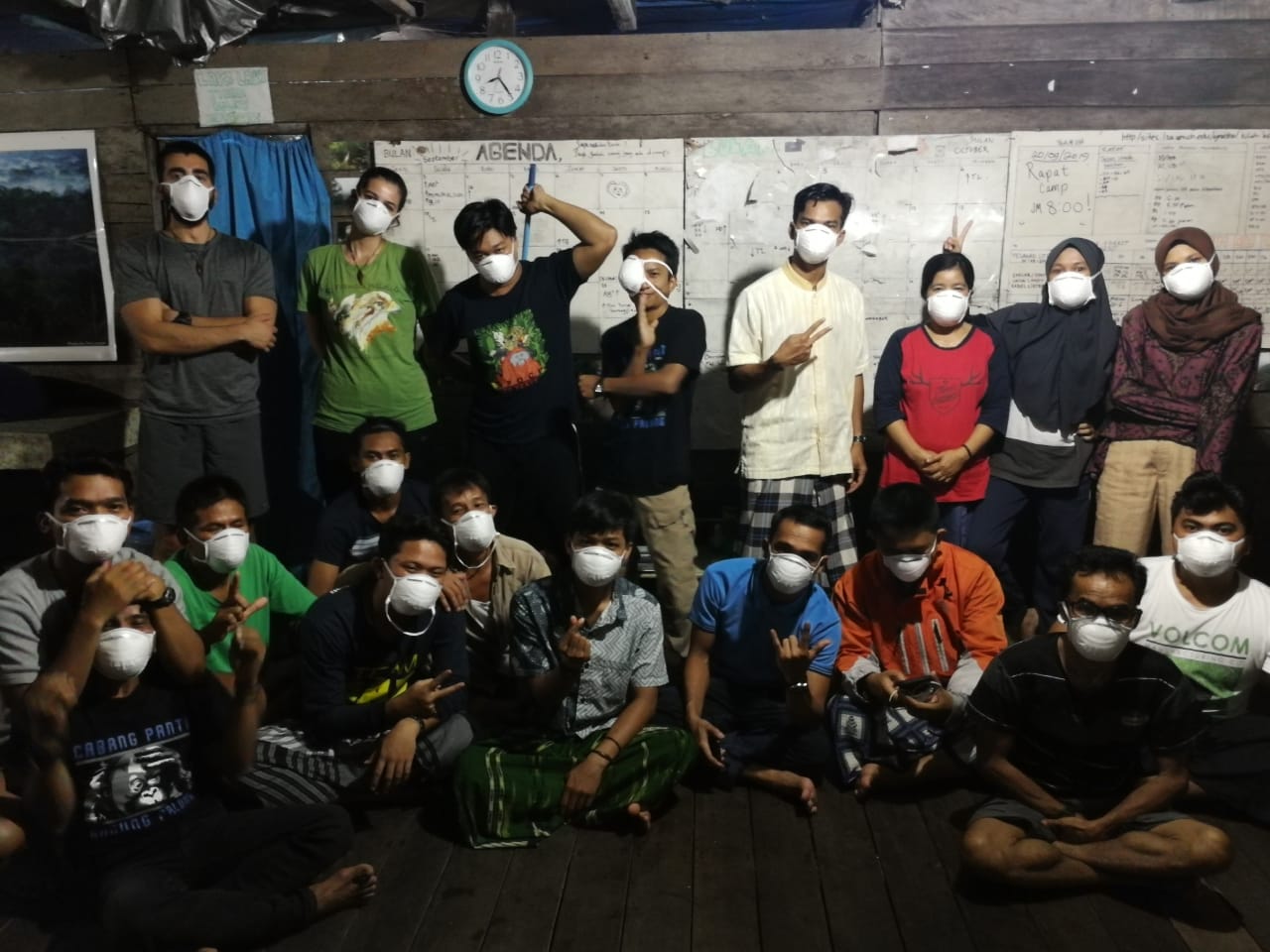
But who is to blame for the fires? Contemporary media would like us to place singular blame on the oil palm companies. Local Indonesian media points towards large faceless companies, whereas the local people are openly talking about how politicians are to blame for allowing the fires for palm oil expansion and increased profit. The most recent development that has been brought to light is that small landholders are also to blame for the fires. Small, unregulated, land-clearing accounted for 73% of fire emissions in Kalimantan in 2015 (Study). Unclear land rights cause land-use conflicts from industrial-sized companies down to the single farmer, that are ‘solved’ with fires; no one wants burned land. Traditional Indonesian agricultural methods used to follow traditional seasonal rules; what to plant at what times for the best results while working with the balance of nature – what the West has in recent years coined as ‘permaculture’. Many of the techniques and knowledge, however, have been lost through the generations and farmers now resort to quicker and more frequent burning of land for new crops, which encroaches into rainforest and wildlife habitat. So is it large businesses or small land holders that create the problems?
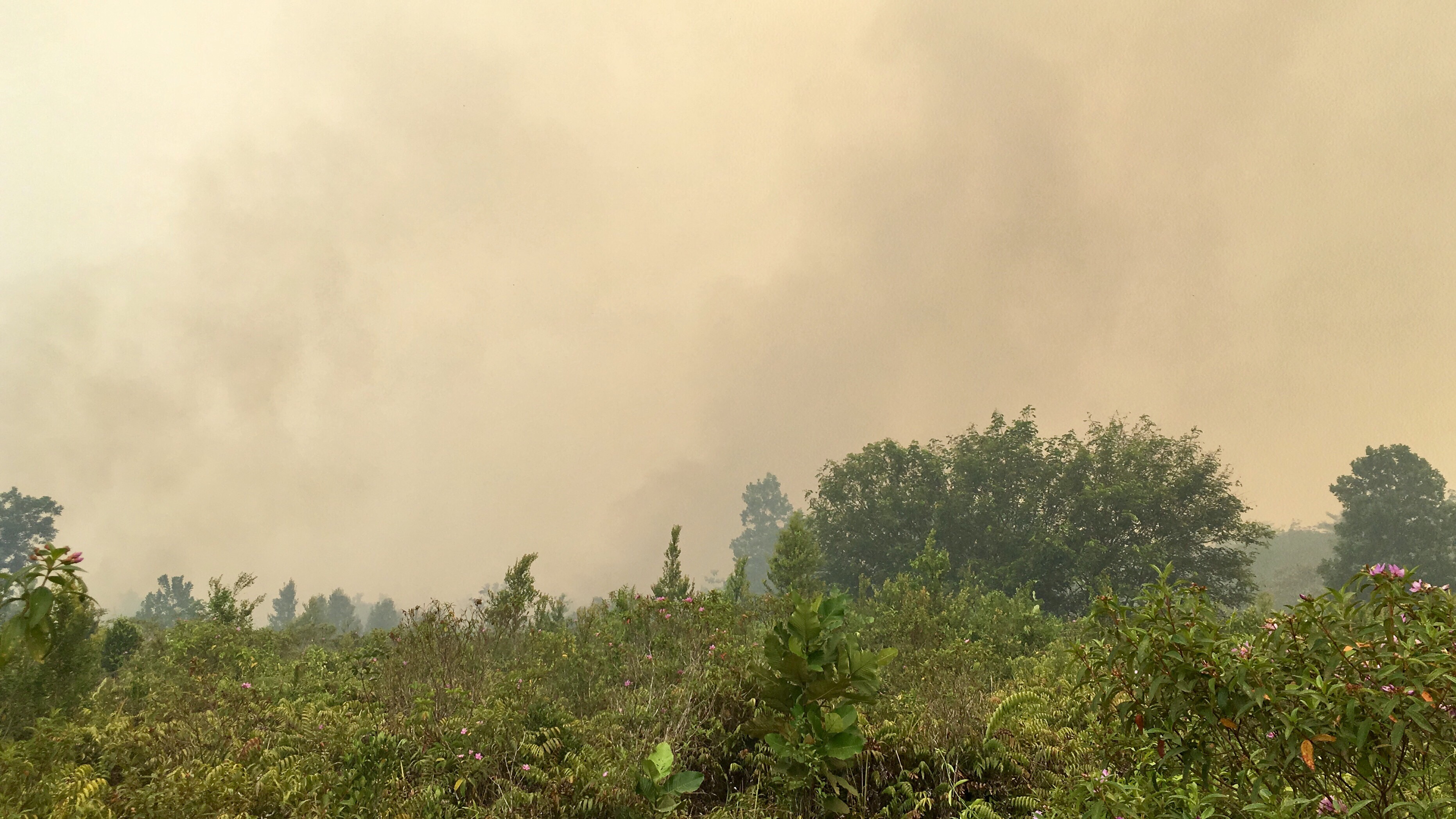
It is, of course, both. The problem is more complex than a single article can cover. Research has shed light on the fact that is it not only the large-scale industries that need regulations, guidance, and restrictions, but also the small landowners. Getting a more accurate picture means we can better target our solutions as consumers (through buying certified and responsible brands), direct our political lobbying (influencing and helping create regulations) and support the work of NGOs working on the ground. That’s why GPOCP focuses on helping to build capacity with local farmers and work towards the best land-use management with local governments. Our Customary Forest initiative combines agroforestry methods with forest conservation management, and our Sustainable Livelihoods program focuses on organic farming. Reducing destructive practices such as slash-and-burn and the promotion of permaculture, multi-purpose tree species, soil fertility, natural irrigation, and organic pesticides. Increasing crop yields (sustainably) reduces the need for further rainforest encroachment and fires. Our education team is spreading awareness about the risk of setting intentional fires and how to effectively put fires out, leading to behavioral changes. These measures will lead to less fire, less haze, less greenhouse gas emissions, less health issues from the haze, less biodiversity loss, less drastic droughts. We cannot do it all, but we can all do something. With your continued help, we are reestablishing traditional farming methods with a modern twist to reduce deforestation, climate change, and fires.
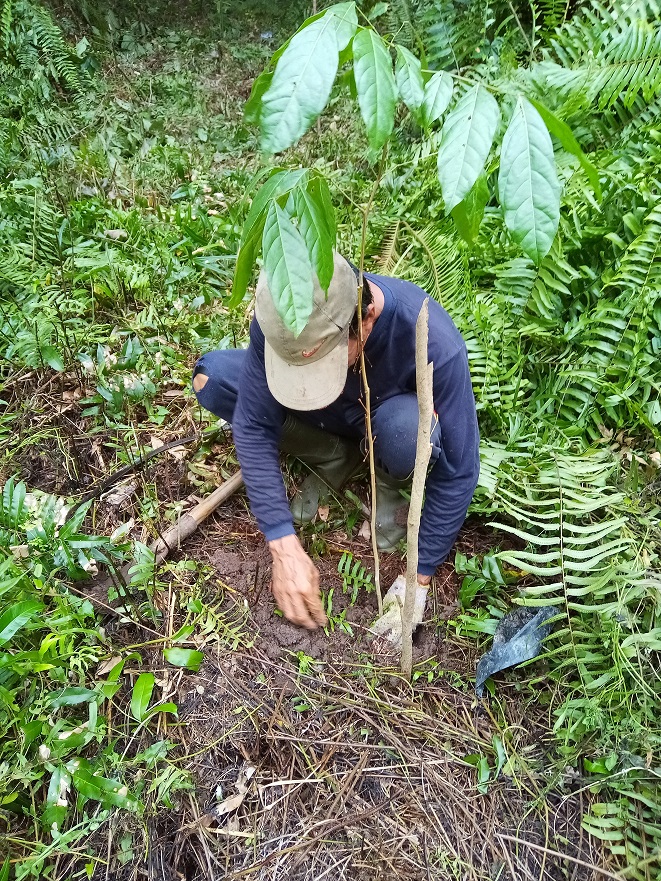
For more information on our programs, please visit our website. For more information about the fires in the GP landscape and how you can donate to our fire equipment fund, please visit our fundraiser, or to donate directly to the program to support our organic farmer initiatives click here.
